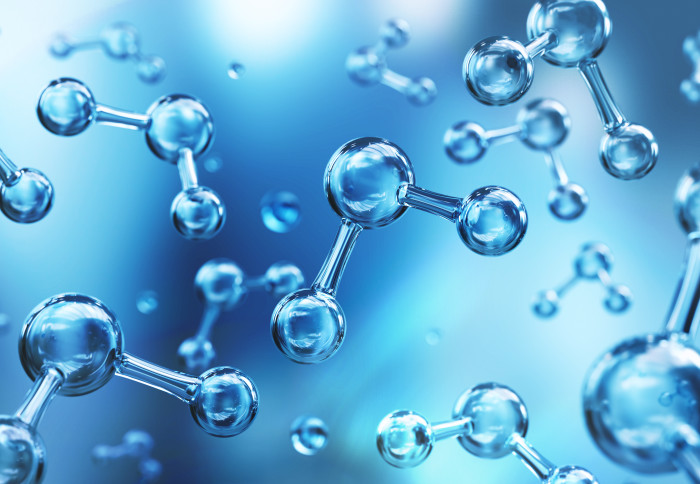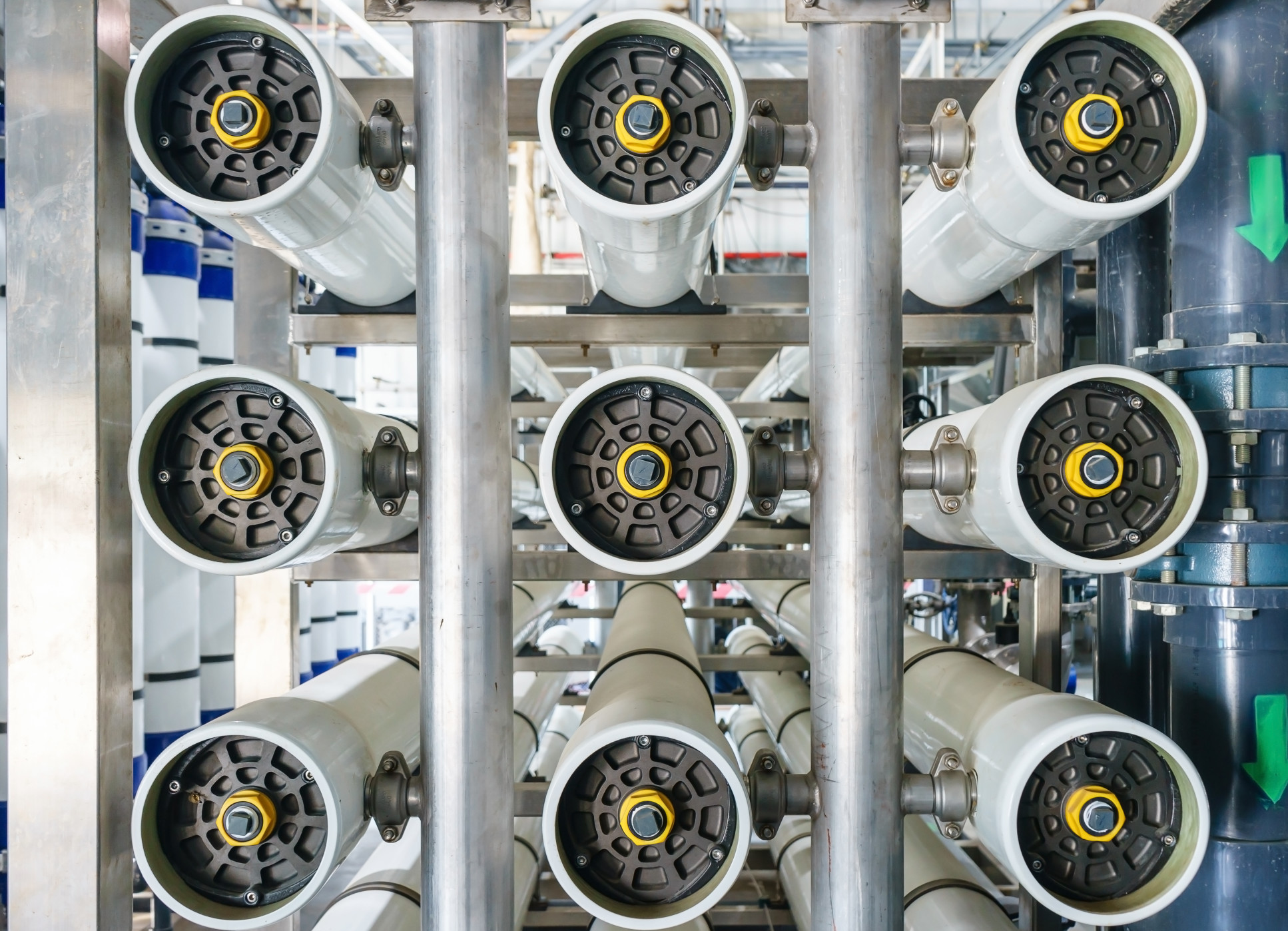
Global S&T Development Trend Analysis Platform of Resources and Environment
| Desalination study could help engineers produce clean water more efficiently | |
| admin | |
| 2022-05-26 | |
| 发布年 | 2022 |
| 语种 | 英语 |
| 国家 | 英国 |
| 领域 | 资源环境 |
| 正文(英文) | 

Scientists have shown how water passes through a filtration membrane during the process of desalination at a molecular level for the first time. A team led by researchers from Imperial College London, investigated how water molecules move in a confined space – in this case through a polyamide (PA) membrane that is used to remove salt from seawater to produce fresh water. The study could have a significant impact on the processes of water purification and desalination, which are important for drinking water and water used for industrial processes, including in agriculture and energy systems. "Our study now allows anyone who wants to dream up new materials to anchor and validate their work with these very precise values..." Professor Joao Cabral Department of Chemical Engineering It had previously been thought that water behaves within membranes in a similar way to how it behaves when it is not trapped, such as when water is kept in a glass, but this seemed unlikely to Professor Joao Cabral, lead author of the study, from Imperial’s Department of Chemical Engineering. Professor Cabral said: “That just sounded unreasonable to me - that a molecule confined to spaces only slightly larger than the size of the molecules themselves would move as if it was unencumbered.” The research team used an experimental technique called quasi-elastic and inelastic neutron scattering in a nuclear reactor to measure the geometry of the molecular motions of the water and work out multiple diffusion coefficients - how fast the water was diffusing through the membrane material. This allowed them to understand what was happening at the molecular level, with researchers measuring the interactions between neutrons and a sample to interpret properties of the water molecules. Professor Cabral noted that these types of complex experiments are only achievable through international collaboration, in this case through work with experts from the Institut Laue–Langevin in Grenoble, France. Designing the next generation of membranesThe significance of the study is that it will allow engineers who are designing the next generation of membranes for desalination and water purification to anchor their work with precise measurements. Professor Cabral said: “People are trying to design new materials and the way to do that can be through trial and error, so engineers will try to combine different materials until they obtain superior properties. “That empirical way has pretty much had its course, because the current membranes for large scale, industrial desalination are still by and large based on those developed back in the 1970s. “The field has reached a point where something new has to happen.” 
One way of designing new materials is to use computer simulations, but these simulators have previously not been able to access rigorous experimental measurements to anchor their work. The Imperial researcher added: “Our study now allows anyone who wants to dream up new materials to anchor and validate their work with these very precise values for how fast water is able to move across the membrane and with what mechanisms water can move across this plastic sheet.” The study, which also included researchers from University College London and Queen Mary University of London, was conducted using a polyamide (PA) membrane, so the next step for the research would be to examine the behaviour of water molecules in other membranes. Professor Cabral said that the research team would also like to look at how the water molecules behave in other scenarios, such as when put under different levels of pressure or when different types of salts are removed from the water. ‘Multimodal confined water dynamics in reverse osmosis polyamide membranes’ by Fabrizia Foglia et al. is published in Nature Communications. Main image credit: Shutterstock. |
| URL | 查看原文 |
| 来源平台 | Imperial College London |
| 文献类型 | 新闻 |
| 条目标识符 | http://119.78.100.173/C666/handle/2XK7JSWQ/351507 |
| 专题 | 资源环境科学 |
| 推荐引用方式 GB/T 7714 | admin. Desalination study could help engineers produce clean water more efficiently. 2022. |
| 条目包含的文件 | 条目无相关文件。 | |||||
| 个性服务 |
| 推荐该条目 |
| 保存到收藏夹 |
| 查看访问统计 |
| 导出为Endnote文件 |
| 谷歌学术 |
| 谷歌学术中相似的文章 |
| [admin]的文章 |
| 百度学术 |
| 百度学术中相似的文章 |
| [admin]的文章 |
| 必应学术 |
| 必应学术中相似的文章 |
| [admin]的文章 |
| 相关权益政策 |
| 暂无数据 |
| 收藏/分享 |
除非特别说明,本系统中所有内容都受版权保护,并保留所有权利。
修改评论